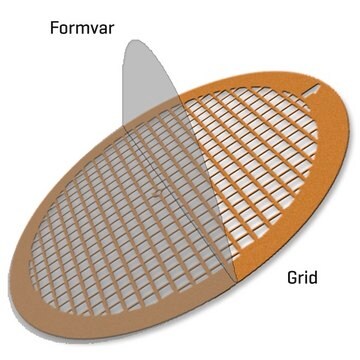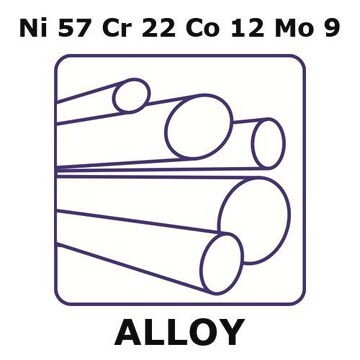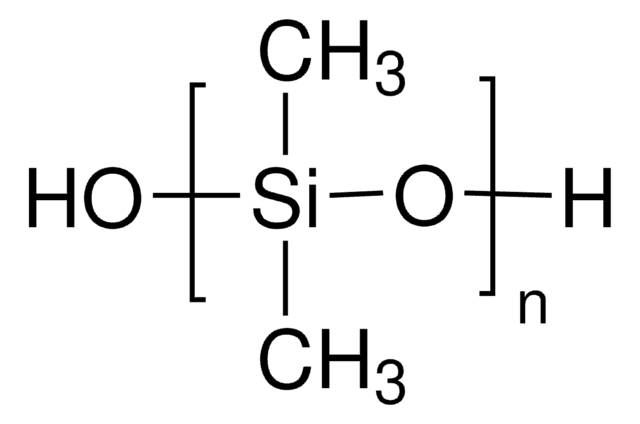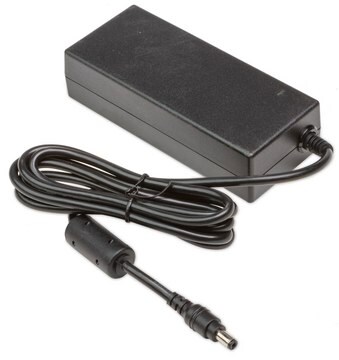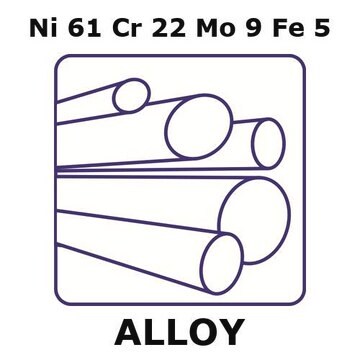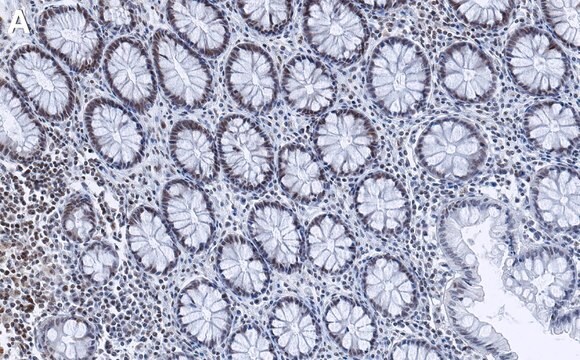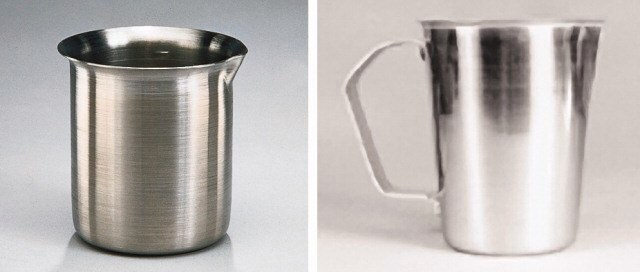SRP2026
p75 human
recombinant, expressed in E. coli, ≥70% (SDS-PAGE)
Synonym(s):
DFS70, LEDGF, MGC74712, PAIP, p75
Sign Into View Organizational & Contract Pricing
All Photos(1)
About This Item
UNSPSC Code:
12352200
NACRES:
NA.26
Recommended Products
biological source
human
recombinant
expressed in E. coli
Assay
≥70% (SDS-PAGE)
form
frozen liquid
mol wt
~61.6 kDa
packaging
pkg of 10 μg
concentration
500 μg/mL
color
clear colorless
NCBI accession no.
UniProt accession no.
shipped in
dry ice
storage temp.
−70°C
Gene Information
human ... PSIP2(11168)
General description
p75 was first identified during micro-sequencing of a protein that co-purified with positive cofactor 4 (PC4), a general transcriptional coactivator. This is a transcriptional coactivator and has a molecular weight of 75kDa. This protein is also known as LEDGF (lens epithelium-derived growth factor), and belongs to the hepatoma-derived growth factor (HDGF) family. p75 is constitutively expressed in the nucleus. This gene is localized to human chromosome 9p22.3, and is composed of 15 exons and 14 introns. It is transcribed into two splice variants- p52 and p75 both of which contain 325 residues in their N-terminals. They differ in their C-terminal, where p75 contains 205 residues in its C-terminal. Its C-terminal also contains the 83-residue IN binding domain (IBD) from residues 340–417, which is essential for p75′s virological and cellular characteristics.
Application
p75 human has been used in immunohistochemistry.
Biochem/physiol Actions
The human p75 protein, similar to p52, is a non-TAF transcription coactivator that mediates activator-dependent transcription by RNA polymerase II in vitro through most tested activators. Although p75 and p52 are derived from alternatively splicing of a single gene and share most coding sequence, they reveal different function in several aspects. In addition to functioning as a transcription coactivator, p75 has been shown to be involved in growth of epithelial cells as a lens epithelial cell-derived growth factor (LEDGF), and in pathogenesis of atopic dermatitis as an autoantigen.
The human p75 protein, similar to p52, is a non-TAF transcription coactivator that mediates activator-dependent transcription by RNA polymerase II in vitro through most tested activators. Although p75 and p52 are derived from alternatively splicing of a single gene and share most coding sequence, they reveal different function in several aspects. In addition to functioning as a transcription coactivator, p75 has been shown to be involved in growth of epithelial cells as a lens epithelial cell-derived growth factor (LEDGF), and in pathogenesis of atopic dermatitis as an autoantigen.
p75 and p52 proteins associate with chromatin tightly and interact with other nuclear proteins, out of which multiple proteins are anchored by p75 to the chromatin fiber. Therefore, these proteins are involved in transcriptional regulation. Lentiviruses utilize the chromatin tethering capacity of this protein to integrate into the host chromosomes. p75 not only anchors HIV (human immunodeficiency virus) integrase to chromatin and prevents its degradation, but also promotes the genome-wide HIV integration. Human papillomavirus (HPV) E6/E7 oncogenes promote the expression of p75 in host cells, which in turn confers protection to HPV-positive cancer cells against different types of cellular stress, such as DNA damage.
Physical form
Clear and colorless frozen liquid solution
Preparation Note
Use a manual defrost freezer and avoid repeated freeze-thaw cycles. While working, please keep sample on ice.
Storage Class Code
10 - Combustible liquids
WGK
WGK 1
Flash Point(F)
Not applicable
Flash Point(C)
Not applicable
Choose from one of the most recent versions:
Certificates of Analysis (COA)
Lot/Batch Number
Don't see the Right Version?
If you require a particular version, you can look up a specific certificate by the Lot or Batch number.
Already Own This Product?
Find documentation for the products that you have recently purchased in the Document Library.
Oncogenic human papillomaviruses activate the tumor-associated lens epithelial-derived growth factor (LEDGF) gene.
Leitz J
PLoS Pathogens, 10 (2014)
Integrase, LEDGF/p75 and HIV replication.
Poeschla EM
Cellular and Molecular Life Sciences, 65, 1403-1424 (2008)
H Zhang et al.
European journal of histochemistry : EJH, 59(3), 2522-2522 (2015-10-03)
The nerve growth factor (NGF) not only has an essential effect on the nervous system, but also plays an important role in a variety of non-neuronal systems, such as the reproductive system. The aim of this study was to investigate
D P Singh et al.
Gene, 242(1-2), 265-273 (2000-03-18)
A human gene that encodes lens epithelium-derived growth factor (LEDGF) was isolated, and the DNA sequence and the exon/intron organization was determined. The gene contains at least 15 exons and 14 introns and encodes LEDGF mRNA and p52 mRNA. Exons
Virological and cellular roles of the transcriptional coactivator LEDGF/p75.
Llano M et al
Current Topics in Microbiological Immunology, 339, 125-146 (2009)
Our team of scientists has experience in all areas of research including Life Science, Material Science, Chemical Synthesis, Chromatography, Analytical and many others.
Contact Technical Service